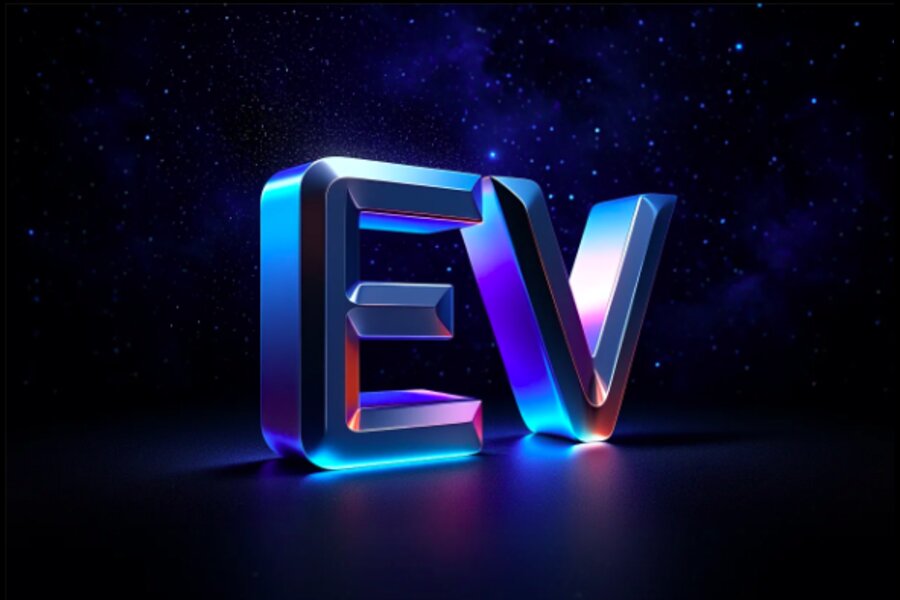When evaluating a business, especially in the context of mergers and acquisitions (M&A), it’s vital to look beyond the surface of market capitalization. One of the most important and widely used metrics in corporate finance and investment banking is Enterprise Value (EV). This article aims to explain not only what EV is, but how it works, how it’s calculated, and how it applies to real-world M&A transactions.
Definition of Enterprise Value (EV)
Enterprise Value (EV) represents the total value of a company as an operating enterprise. It is often considered a more accurate representation of a company’s worth than market capitalization alone because it accounts for all sources of capital—both debt and equity—while subtracting out excess cash and cash equivalents.
Formula:
EV=Market Capitalization+Total Debt+Preferred Stock+Minority Interest−Cash and Cash Equivalents
Let’s break this down:
- Market Capitalization = Share Price × Number of Outstanding Shares
- Total Debt = Short-term + Long-term interest-bearing debt
- Preferred Stock = Hybrid security with characteristics of both debt and equity
- Minority Interest = Value of subsidiaries not wholly owned
- Cash and Equivalents = Cash, short-term investments, marketable securities
Why Is EV Important in M&A?
In mergers and acquisitions, Enterprise Value is often the foundation for determining how much a buyer should pay for a target company. It reflects the theoretical takeover price if one were to buy the entire firm, inclusive of its debt obligations and cash reserves.
Imagine you’re acquiring a company: you’re not just buying its equity, you’re also assuming its debt and gaining its cash. EV ensures you’re seeing the full picture of what you’re taking on.
How Is EV Used in M&A Analysis?
EV is often compared to earnings or revenue to determine valuation multiples:
- EV/EBITDA (Earnings Before Interest, Taxes, Depreciation, and Amortization)
- EV/EBIT
- EV/Sales
These ratios are preferred over price-to-earnings (P/E) in M&A because they are capital structure neutral—meaning they provide a cleaner comparison between companies with different levels of debt.
Example Calculation
Suppose a company has:
- Market Cap: $500 million
- Total Debt: $200 million
- Cash: $50 million
- No preferred stock or minority interest
Then:
EV=$500M+$200M−$50M=$650M
This means an acquirer would effectively pay $650 million to purchase and assume control of the business.
Real-World Examples of EV in M&A
Microsoft’s Acquisition of LinkedIn (2016)
- Deal Size: $26.2 billion
- Premium Paid Over Market Cap: Microsoft paid a ~50% premium over LinkedIn’s stock price.
- EV Rationale: LinkedIn had a significant amount of cash on its balance sheet and modest debt. Microsoft based the purchase price on EV because they were acquiring the full business, not just its equity. The EV/EBITDA multiple was over 20x, indicating high growth expectations.
Amazon’s Acquisition of Whole Foods (2017)
- Deal Value: $13.7 billion
- Amazon assumed Whole Foods’ debt in the transaction. This was an EV-based valuation that included the company’s outstanding obligations.
- While market cap was the headline, the Enterprise Value was the real number Amazon considered when assessing the transaction’s total cost.
Broadcom’s Acquisition of VMware (Announced 2022)
- Valuation: $61 billion in cash and stock
- Broadcom assumed VMware’s debt and gained its cash reserves.
- The transaction was analyzed based on EV multiples: Broadcom used VMware’s EV/EBITDA multiple to ensure the acquisition was accretive to earnings and aligned with strategic synergies.
Common Misconceptions
- EV is not static – it changes with stock prices, debt issuance, or changes in cash reserves.
- Cash is subtracted – because excess cash reduces the net cost of acquisition. It’s money you can use to pay off debt or reinvest.
- Market Cap ≠ Enterprise Value – Market cap ignores debt and cash, which can mislead analysts on a company’s real acquisition cost.
EV in Practice: Investment Bankers and Analysts
When investment bankers build valuation models, they rely on EV to:
- Compare companies across industries
- Structure leveraged buyouts (LBOs)
- Price initial public offerings (IPOs)
- Assess synergies and integration costs in M&A
For analysts, EV allows a more apples-to-apples comparison between companies, regardless of capital structure.
Conclusion
Enterprise Value is a cornerstone of modern financial analysis. It tells a buyer or investor what it would cost to acquire a business outright—equity, debt, and all. In the world of M&A, it’s a central metric used to compare, value, and negotiate deals.
EV should be incorporated into your toolkit, not just as a number, but as a lens through which the true worth of a business can be seen.

